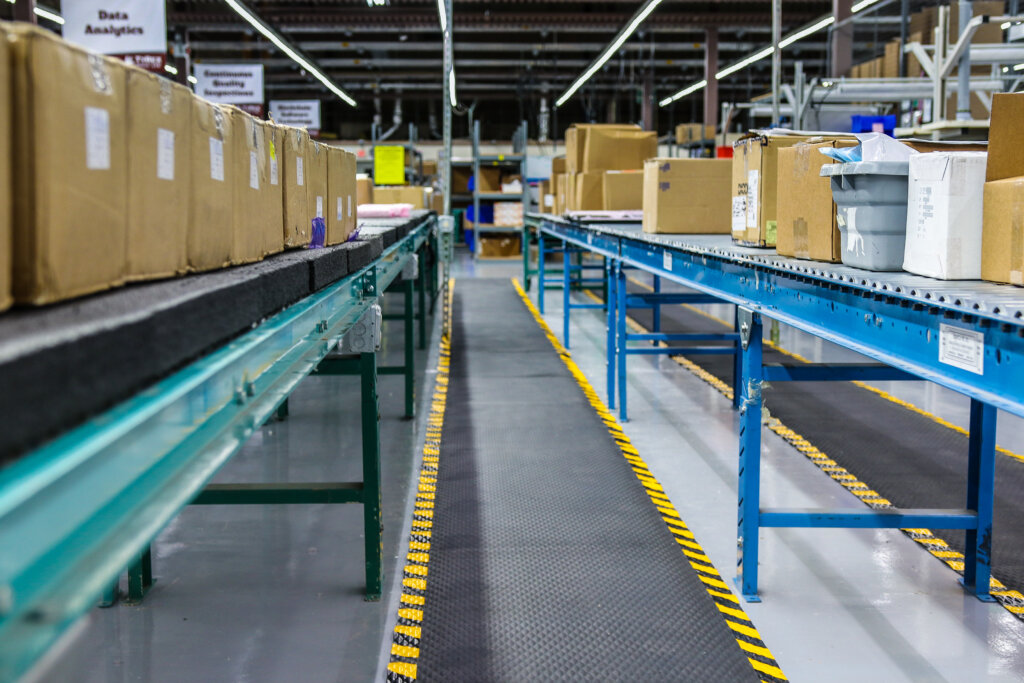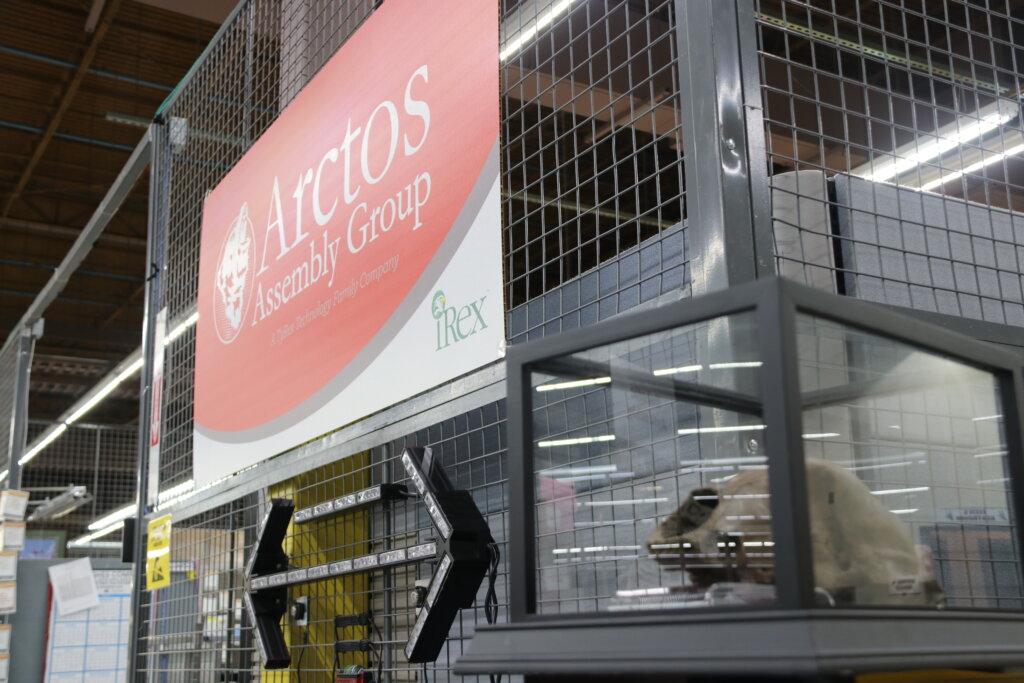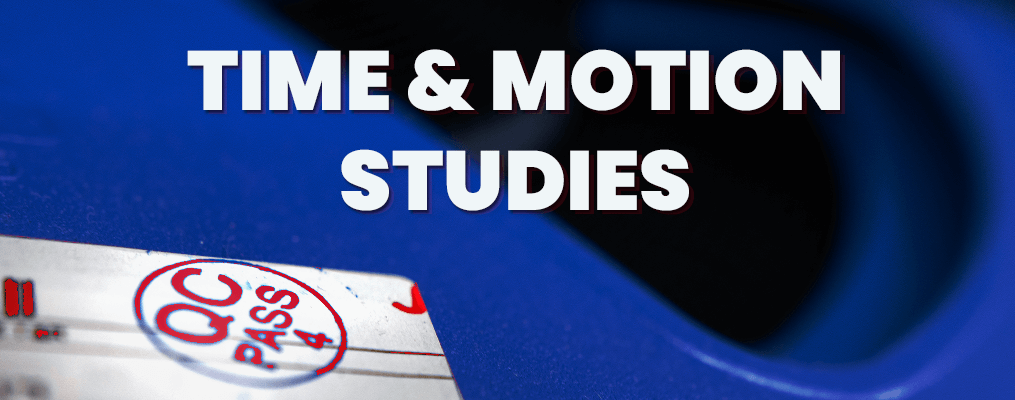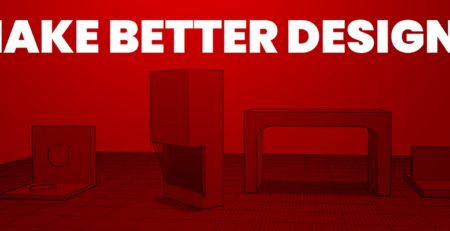Time and Motion Studies
Amit Pal2023-06-16T12:42:14-05:00We are always seeking continuous improvement for our assembly processes at Arctos, whether by finding more efficient equipment or exploring new scheduling and processing systems. In pursuit of this aim, a part of standard Arctos protocol is to implement a series of time and motion studies to determine the most effective and efficient processes to ensure quality and timely assemblies for every job, no matter the product.
What is a Time and Motion Study?
Time and motion studies are the combination of time studies popularized by Fredrick Windslow Taylor and motion studies popularized by Frank and Lillian Gilbreth. The primary aim of both types of study is to evaluate a process’ efficiency, originally in an industrial setting. The work measurement data resulting from these studies is then used to improve the efficiency of the process while not affecting product quality.
To better understand time and motion studies, we’ll break them down to their separate parts. The simplest form of time study that can be conducted is to time how long a process takes. This establishes the “standard time” as a baseline for exploring methods for reducing the time and making the process more efficient.

From there, the task can be engineered to become more efficient by either reducing the amount of time it takes for a single iteration of the task or to increase the amount of times the task can be iterated within the same timeframe. Time studies are useful for improving processes that contain repetitive work cycles of short to long duration, require a wide variety of dissimilar work, or process control elements that constitute a part of the cycle.
Motion studies, on the other hand, study the way in which work is completed within a set timeframe. While similar to time studies in that the simplest motion study is to time a task, the method of recording for a motion study requires a camera to capture the task’s “work motions.” The task is then engineered by changing the way the work is performed or how the task is completed with the aim of taking complex motions and processing them into a series of simpler motions that can be easily understood and trained.
Motion studies also aim to create a more efficient process, but motion studies place more emphasis on the human factor of a process rather than solely focusing the overall time a process takes. By acknowledging that working faster does not always result in a better product, motion studies seek to find improvements in the quality of the assembly that make the process better overall.
Time and motion studies, as the name implies, combine aspects of both time studies and motion studies. Whereas time studies solely aim to establish a standard time for a process and reduce that time, by combining the human factor emphasis of motion studies, a process can become more efficient without skimping on the finished product’s quality.
The aim of a time and motion study is to balance the efficiencies of working faster with the considerations for effective motion to ensure that a process is both efficient and effective while also ensuring high quality for both the product and the assembly team.
How are Time and Motion Studies Useful in Manufacturing?
The most direct use for a time and motion study is to improve the efficiency of a process by measuring how long a process takes while searching for areas of improvement to minimize any redundant or unnecessary motions. While time and motion studies can have a number of objectives or factors, five common factors tend to span different organizations and institutions. They are:
- Improvement of processes and procedures
- Improvement of layout for service areas, offices, or production areas
- Economy in human effort and the reduction of unnecessary fatigue
- Improvement in the use of materials, machines, and manpower
- Development of better physical working environment
By focusing on these five objectives, a time and motion study can eliminate unnecessary material waste and make processes more efficient by improving production area layout or production processes, all while improving the effort and reducing unnecessary fatigue in the humans doing the work.
Determining what causes slowdown in the assembly process by conducting a time and motion study and alleviating the cause through analyzing the data can result in a higher quality assembly in a faster time, resulting in finished products shipping to market or the field quicker.
How Arctos Uses Time and Motion Studies

Arctos is and has always been dedicated to its high-quality assembly processes, and as such has conducted a number of time and motion studies to determine the layout of our assembly facilities as well as the efficiency of our assembly processes. In conjunction with lean manufacturing techniques, the results from these time and motion studies lead to a restructuring of our assembly and production area, resulting in a more efficient process where assembly assets and parts are within reach of our assembly team, right when they need them.
Cutting out the search for the correct asset or part for the process and the travel time from assembly line to asset storage results in a better assembly flow with less interruptions and negating any chance of assembly error, as products are rarely left unattended in an incomplete state.
With a highly adaptable space, Arctos assembly team determines the best configuration for your assemblies as a precursor to the assembly process to ensure a high quality and efficient process from the start. And to take it the extra mile, a basic time and motion study is conducted early in the assembly process to see if our team can find and implement any additional assembly efficiencies in our never-ending search for product assembly efficiencies.
If you’re ready to see how Arctos can better manage your production process via a time and motion study, reach out today.







